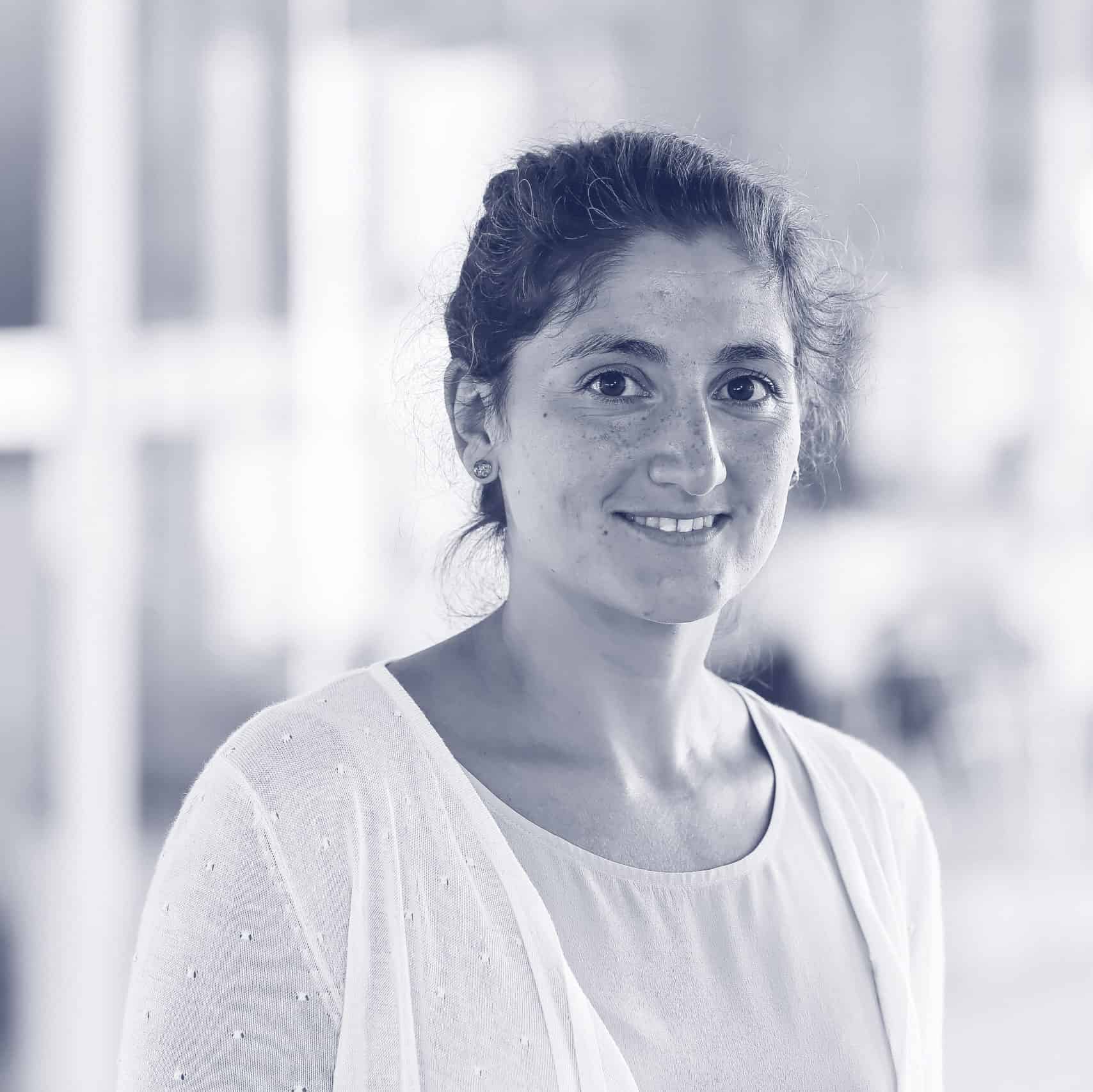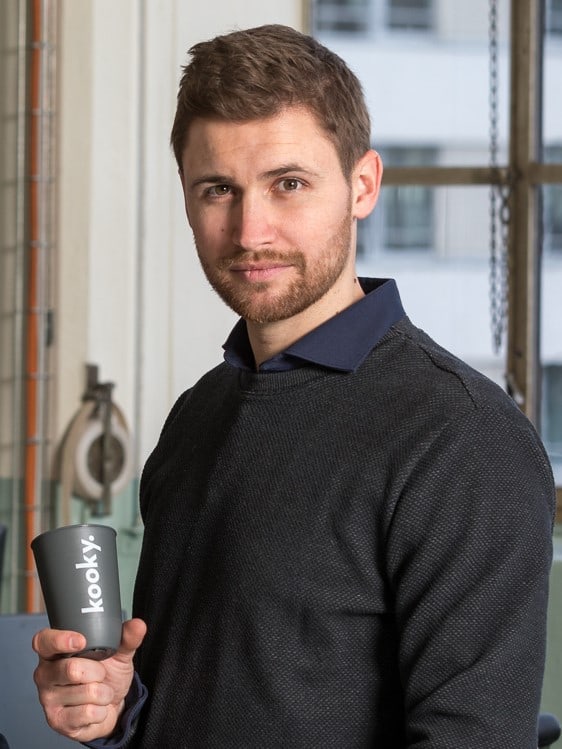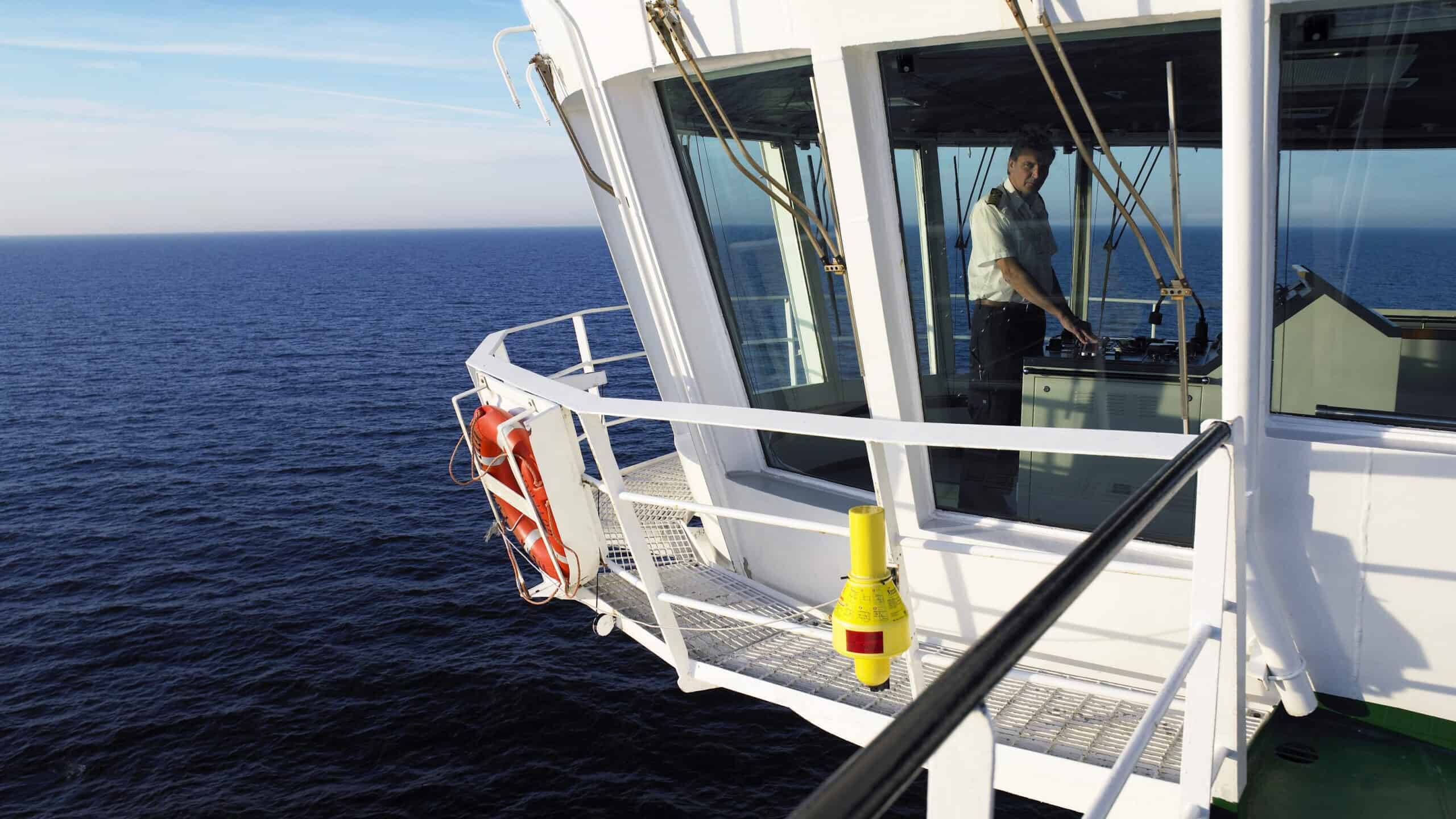Pregnolia has developed a medical device that helps doctors and midwives to identify the risk of premature birth. The startup has just received a grant CHF 1.4 million from the EU. Founder Sabrina Badir explains why gynecologists want to buy the device and why the spat between Switzerland and the EU could pose a threat to Switzerland’s flourishing medtech industry. Pregnolia has successfully closed a seed round in December 2017 with Verve Ventures as the largest investor.

Co-founder and CEO, Pregnolia
Sabrina Badir, is founder and CEO of Pregnolia. She holds a PhD in Biomechanics from ETH Zurich.
The ETH spin-off Pregnolia has developed a non-invasive medical device that is able to diagnose the risk of premature birth more accurately than other methods.
Pregnolia has just received a grant by the European Union of CHF 1.4 million. Why?
Our interdisciplinary team and compelling business case convinced the jury in Brussels. Our product was rated to have significant impact on millions of women and babies. Even though we had already won phase 1 of the Horizon 2020 SME worth 50’000 Euro, we had to demonstrate once more our decisiveness to further develop our product in a way that helps us to reach the market, grow faster and in a sustainable way. The EU evaluated our business case regarding technical, commercial, regulatory and financial aspects. Then they compared it to the business case of 1765 other applicants and chose Pregnolia to be one of only 78 to receive the SME Instrument Phase 2 (in our case the CHF 1.4 million grant). This is extraordinary given the fact that we are a Swiss startup and it makes us proud that even the EU has high confidence in our vision and plan.
“It makes us proud that even the EU has high confidence in our vision and plan”
What will you invest this money in?
The EU grant allows us to improve the manufacturability of our single-use test probe and reduce its production costs. That is a significant step towards mass production since we can streamline the production, increase our capacity and facilitate logistics. Thanks to the grant, we can work much earlier on that step than we had initially planned. Since medical devices are developed under strict regulatory and safety controls, this is usually a time consuming and expensive process. Our shareholders are now in a comfortable situation to get a significant added value without being diluted. Furthermore, we can prepare the company for the mainstream market and growth.
You have another important milestone to announce: In June 2019, the first Pregnolia baby was born. How did that happen?
For me, it was a very exciting market entry. Just after the registration by Swissmedic, we started to sell the Pregnolia System in April 2019. At the same time, a woman was particularly keen to get tested with our method. She had already had a premature birth and was worried that it could happen again. Luckily, the Chief Physician of Neonatology of a hospital had heard about Pregnolia and referred her to us. Our team member Marlene, who is a midwife, measured the stiffness of her cervix using our device. The measurement indicated that the stiffness is in the normal range. As expected, the woman gave birth at term. We are happy that the women and her baby are both doing fine.
Do you get many requests from pregnant women?
Yes, every time Pregnolia is in the press I get a lot of emails and requests on Facebook. Women want to know where to go to for this test. Now I can direct them to the physicians who are early adopters of this method.
The result is that doctors with your device get more business?
Of course. For them, it is a possibility to differentiate themselves. They get the most precise measurement of cervical stiffness in the market. Gynecologists without our device have to determine the stiffness of the cervix vaginally with their fingers. That method allows them to classify the stiffness into three levels: “hard”, “medium” or “soft”. We did a small experiment with six elastomer models and several gynecologists. Even with just these three levels to choose from, the assessments made by the professionals varied a lot and were inconsistent. The Pregnolia System removes this variance by providing an objective measurement giving more confidence to doctors and their patients.
So Pregnolia’s device can diagnose the risk of premature birth with more precision than a doctor?
Our CE-certified device is a measurement tool providing the doctor with precise measurement values of the cervical stiffness. They can compare the measured value to a chart telling them what the normal range of stiffness at a given moment is. The cervix is hard at the beginning of the pregnancy and then gets softer every week of pregnancy until it is very soft when the baby is born. If a given measurement is outside the normal range, it is up to the doctor to decide what should be done. As a next step, we are working on a diagnostic tool that is able to make that decision for the doctor.
Assume the measurement is outside the normal range. What will the doctor do?
There are several treatments, the simplest is to advise the woman to be less active and lay down more to reduce the pressure on the cervix. Then there is hormone treatment, which aims at hardening the cervix. There are also medications that reduce the contractions of the uterus. What we should understand is that this is an evolving field. Most existing treatments have either been based on hypotheses of what causes preterm birth or sheer experimental coincidence. Identifying who is at risk will undoubtedly allow us to improve treatments. We want to be part of that medical value chain and hopefully, in a few years, I can respond to this same question with a more effective solution than what exists now.

Invest in Startups
As one of Europe’s most active venture capital investors, we grant qualified private investors access to top-tier European startups. With investments starting at EUR/CHF 10’000, you can build your own tailored portfolio over time and diversify across stages and sectors.
You said that it is not a diagnostic device yet. Why?
The regulatory hurdles for diagnostic devices are high. But we’re on our path to register the second version of the device that we’re developing now as a diagnostic device. We are doing clinical trials at the moment to prove that it can make a diagnosis based on our measurements.
“Our method of measuring is more precise and can detect changes earlier than the traditional methods”
So it is not clear yet if it makes sense to use your device?
Using our device absolutely makes sense. It has already been established that cervical stiffness plays a fundamental role in predicting preterm birth. Trials also prove that our method of measuring is more precise and can detect changes earlier than the traditional methods, which includes measuring the cervix length via ultrasound. Right now, we provide doctors with a tool to measure the stiffness rigorously, but giving a diagnosis means that we need a broader dataset than we have now to establish which values for stiffness are normal and which aren’t. Since women have different bodies and given the level of preterm birth prevalence, this means we have to take a large sample of measurements.
How large?
The study that is running at the moment targets at 1000 pregnant women. About two-thirds of that number are already recruited. The aim is to have the final results of the study by 2022.
In the meantime, there is a problem looming on the horizon, not just for Pregnolia but for the whole medtech industry in Switzerland. At the core of this problem is the framework agreement between Switzerland and the EU. What happens if this political problem doesn’t get solved?
If the framework agreement isn’t signed until May 2020, Swiss medtech companies lose their direct market access to the EU’s common market. Switzerland would, in this case, be treated as a third country, which means in practice much more work and costs for companies exporting to the EU. It also has a major impact on the validity of the certifications that medical devices have already obtained to sell in the EU market. I should point out that things are even more complicated since these negotiations coincide with the transition period for the new EU Medical Device Regulation, which is causing major disruptions for all medical device manufacturers selling in the EU market. For this reason, it is very important that Swiss politicians find a solution to this problem rapidly. Politicians who allege that this wouldn’t be a big deal for the medtech industry should reach out to medtech companies and have it all explained to them.
Suppose there is no deal: What kind of contingency plan do you have for Pregnolia? I assume the EU is an important market for you.
At the moment, we concentrate on the Swiss market because we’re just a team of 8 people. We want to intensify our sales efforts into Europe later when we have the results of the big study and the second version of our product in place. But if there is no political solution, this means that we would have to establish a subsidiary in EU member country. This would just represent unnecessary costs and barriers to entry.
Can you quantify the extra expenses that would be necessary?
No, we haven’t calculated this number yet.
You’re planning a new financing round later this year. What do you want to use the funds for?
We want to get as many Pregnolia systems into the hands of doctors as possible and establish the system as the state of the art measuring tool. We are also working towards a pre-submission meeting with the FDA to get regulatory approval of our device in the US. In parallel, we need more clinical evidence in different pregnant women populations.
Is the big study you’re doing right now not enough?
The study is an important first step, undoubtedly. However, this is an entirely new device and new method. Acceptance is gained by the accumulation of clinical evidence and by raising awareness with key opinion leaders, also outside Switzerland, in the EU and the US. The most effective way to establish this acceptance is clinical studies. Evidence is the key factor in modern medicine. Additional data will broaden the proof, by expanding the patient population and inclusion criteria. Finally, all initial studies focus on diagnostics, but we want to move in the direction where we test the coupling of the diagnostics with a treatment. And from an exit perspective, the more data we gather, the more value a potential acquirer will see in Pregnolia.
Written by
WITH US, YOU CANCO-INVEST IN DEEP TECH STARTUPS

Verve's investor network
With annual investments of EUR 60-70 mio, we belong to the top 10% most active startup investors in Europe. We therefore get you into competitive financing rounds alongside other world-class venture capital funds.
We empower you to build your individual portfolio.
More News
22.02.2022
“We think
in decades”
Stena (Switzerland) joins Constructive Venture Fund as the fifth founding partner. In this interview, Andy Boehm and Per Hellberg explain why one of Sweden’s largest owners of real estate invests in venture capital and how they can contribute more than just capital to a startup’s success.
07.10.2020
Trends in the drone industry
Investments in drone startups have gone up considerably in the last few years and reached USD 1.2 billion in 2019. Venture capital firms contributed two thirds of that sum. Why does investiere invest in drone startups and what are current trends? The drone market experts Kay Wackwitz and Hendrik Boedecker exchange ideas with our Investment Manager Romeo Bütler.
04.07.2019
Yamo (Baby Food): Series A
Yamo has raised funds from Verve Ventures, Ringier Digital Ventures and b-to-v Partners.
Startups,Innovation andVenture Capital
Sign up to receive our weekly newsletter and learn about investing in technologies that are changing the world.




